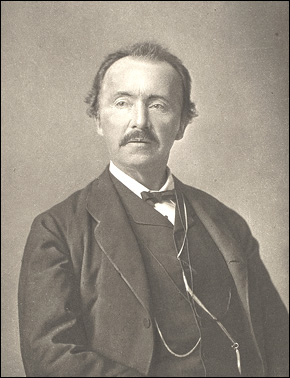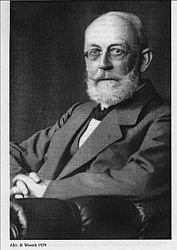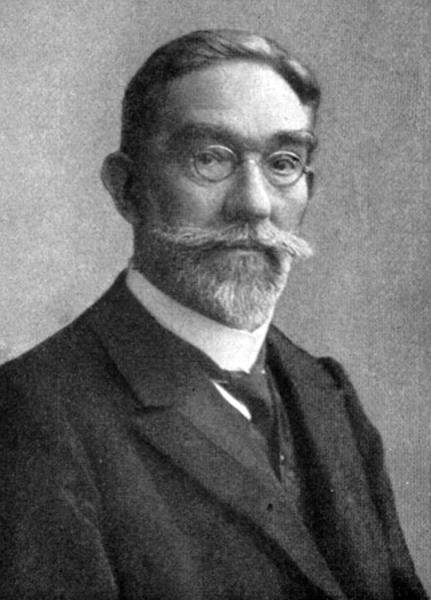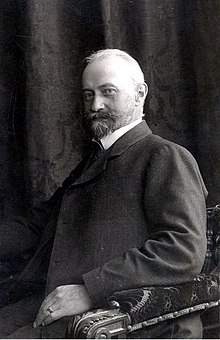Carl Schuchhardt
Carl Schuch Hardt ( born August 6 1859 in Hannover, † December 7, 1943 in Arolsen ) was a German prehistorians and museum director.
Life
Carl Schuchardt was the son of an engraver and maternal related to " A. Stichweh ". Schuchardt grew up in Vegesack on at Bremen, where his father had found a job with the North German stoneware factory. He went to school here from 1872 to 1877 and then studied classical philology, archeology and modern languages in Leipzig, Göttingen and Heidelberg. After receiving his doctorate in 1882, he initially worked as a teacher. He later received the proposal Theodor Mommsen's a travel grant of the German Archaeological Institute, with whom he ( where he took part in the excavations in Pergamon ) traveled 1885/86 Greece and Asia Minor.
1888 Schuchardt was director of the Kestner- Museum in his hometown of Hanover. In this position, he pursued a variety of archaeological research, especially in the area of the castle research (eg Heidenschanze at Sievern, Heister castle ).
As he explained in 1904, Kaiser Wilhelm II over the excavations of the Roman camp and the holders of discovered phenomenon of post holes, he coined the famous phrase: "Your Majesty, there is nothing more permanent than a neat hole. "
1908 went Schuchardt as director of the Prehistoric Department of Ethnology Museum in Berlin. Also in this position, which he held until his retirement in 1925, he carried out systematic excavations, as in the " Römerschanze " said prehistoric fortification at Potsdam.
1909 founded Schuchardt the Prehistoric magazine. In the following years he was involved in a long-lasting controversy with the also acting in Berlin prehistorians Gustaf Kossinna on the issue of " ethnic interpretation " of archaeological finds. Bone of contention was, for example, in 1913 discovered " Treasure of Eberswalde ."
Schuchardt was a member of the Prussian Academy of Sciences and the German Archaeological Institute. 1906-1915, 1920-1925 and 1929-1937, he was Deputy Chairman of the Berlin Society for Anthropology, Ethnology and Prehistory, 1916-1919 and 1926-1929 the Chairman. He was also since 1925 Honorary Member of the Lower Lusatian Society for Anthropology and Archaeology. His son was the Classical archaeologist Walter Herwig Schuchardt.
Writings (selection )
- Schliemann 's excavations at Troy, Tiryns, Mycenae, Orchomenus, Ithaca, in the light of modern science. Brockhaus, Leipzig 1890; Second improved and enlarged edition 1891 ( digitized ).
- The Hanoverian sculptor of the Renaissance., 1909.
- History of Germany. R. Oldenbourg Verlag, Munich / Berlin 1928 ( 5 editions to 1943 ).
- The castle in the course of world history. Akademische Verlagsgesellschaft Athenaion, Potsdam 1931.
- German Prehistory and Early History in Pictures. R. Oldenbourg Verlag, Munich / Berlin, 1936.
- Old Europe in its cultural and stylistic development. Strasbourg in 1919; different editions with varying titles, most recently: Old Europe. The development of its cultures and peoples. 4 greatly enlarged edition. Berlin 1941; 5th edition 1944.
- From life and work. Walter de Gruyter & Co., Berlin 1944 ( autobiography).










